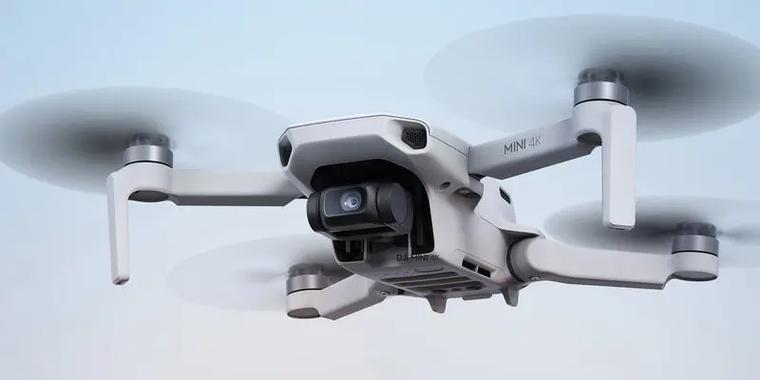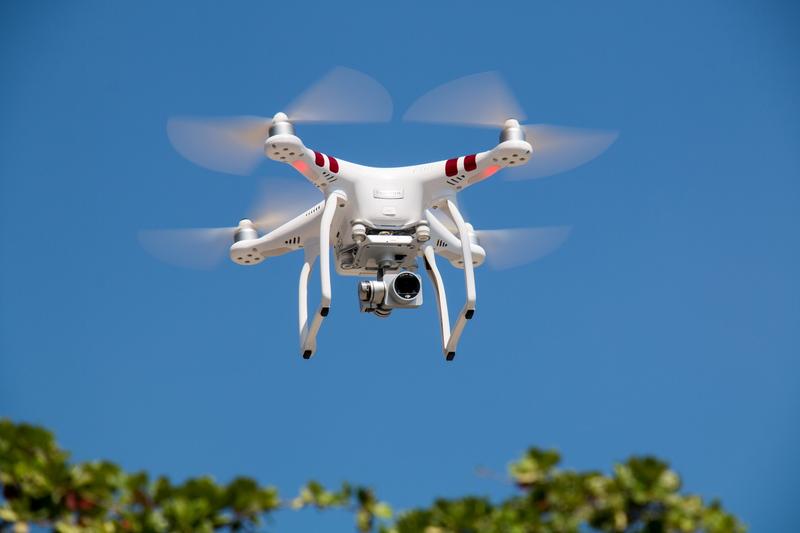Flying drones has become increasingly popular, not just for recreational purposes but also for commercial applications. Whether you want to capture stunning aerial footage or use drones for business, obtaining a drone flying license is a crucial step. This guide will provide an essential overview of the process and requirements for acquiring your drone flying license.
Understanding Drone Regulations
Before diving into the specifics of obtaining a drone flying license, it is important to grasp the basic regulations surrounding drone usage. Different countries have varying rules, but the fundamental principle is ensuring safety and privacy. In the United States, the Federal Aviation Administration (FAA) regulates drone operations, while other nations have their own aviation authorities.Drone flying license requirements may differ depending on your location, intended use, and the drone’s weight class.
The Importance of Licensing
Drones are categorized based on their intended use such as recreational or commercial. For recreational use, you might not need a license if your drone weighs below a certain threshold, typically 250g. However, commercial drone operators must obtain a drone flying license. This ensures that pilots understand airspace regulations, safety practices, and operational limits.
Steps to Obtaining Your License
- Research Requirements: Start by researching the specific licensing requirements for your country or region. The necessary documentation and training might vary.
- Enroll in a Training Course: Many aviation authorities require prospective drone pilots to undergo training. Look for accredited programs that offer comprehensive courses on flight safety, navigation, and regulation knowledge.
- Pass the Required Exam: In many cases, you will need to pass an examination testing your knowledge of airspace laws and drone operations. This exam might include multiple-choice questions on safety practices and navigation.
- Register Your Drone: Depending on weight and purpose, your drone may need to be registered with the relevant authority. Registration often includes a fee and proof of ownership.
- Apply for the License: Once you’ve completed training and passed exams, submit your application along with necessary documentation, such as proof of identity and exam certification.

Maintaining Your License
After obtaining your drone flying license, it’s crucial to maintain compliance with regulations. This includes regular renewals and, if applicable, staying updated on changes in drone regulation laws. Many authorities require continuing education or periodic exams to ensure pilots are up-to-date with safety protocols.
Common Usage Scenarios
Drones are used in various fields such as construction, agriculture, and cinematography. Understanding how drones operate within these industries can help tailor your drone training toward specific needs. Licensing courses often cover advanced topics depending on the commercial application. For hobbyists turning professional, knowing these applications can potentially widen business opportunities and maximize your investment in your drone flying license.
FAQs
Q1: How long does it take to get a drone flying license?
A: The timeframe varies based on location and course availability. It could take from a few weeks to several months, factoring in coursework, exam scheduling, and application processing.

Q2: Do I need a license to fly drones weighing less than 250g?
A: Generally, for recreational purposes, drones less than 250g do not require a license. However, always check the local laws as some areas have specific requirements.

Q3: Can I use my license internationally?
A: Most licenses are region-specific. If you plan on flying drones in a different country, research that country’s regulations or consider obtaining an international certification.
Obtaining a drone flying license will open up a myriad of opportunities for both recreational and professional use. Ensure compliance with all regulations to enjoy safe and legal drone operations.
